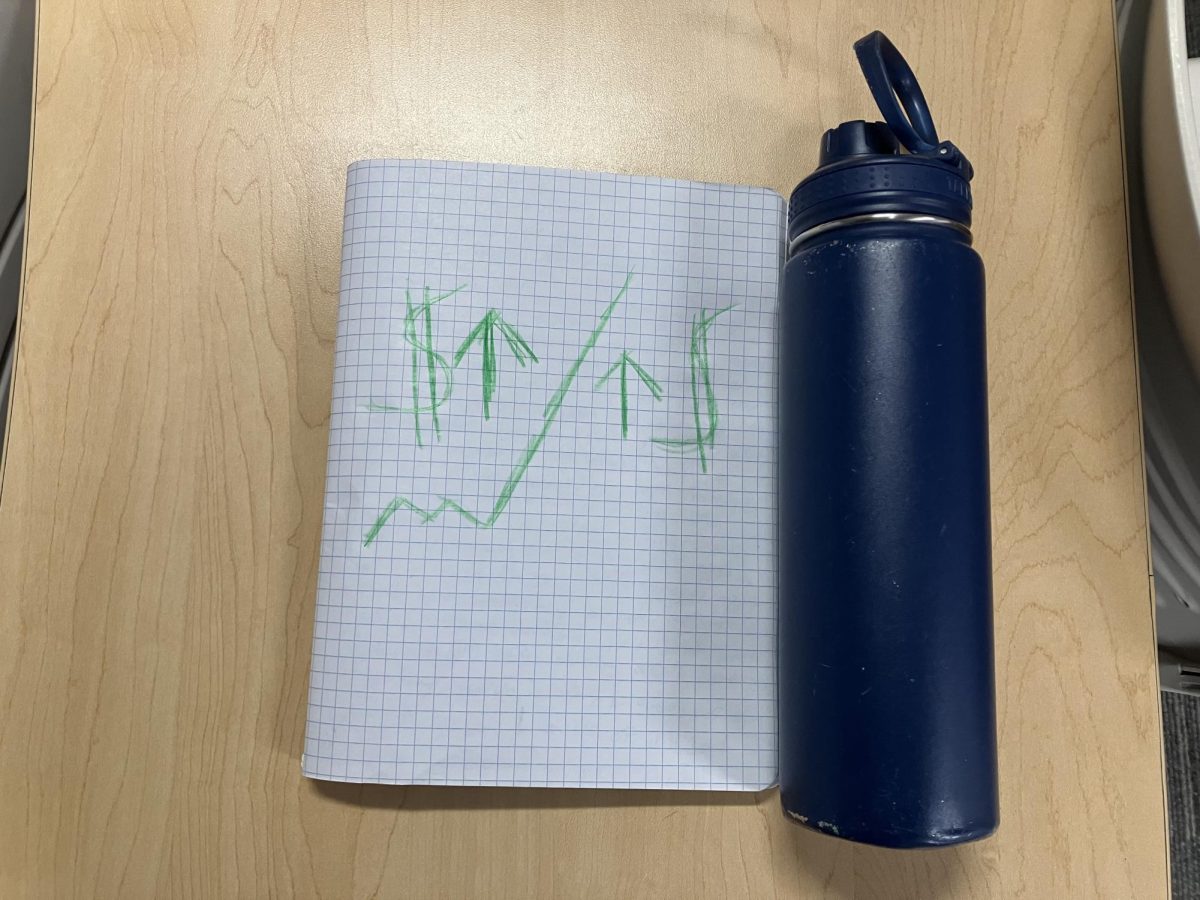Over the years, Israel has established itself as a haven for technological innovation, fostering the creation of many globally-used technologies such as the sim card and Waze.
However, the need to be at the forefront of technological innovation did not only come from a place of aspiration, but also from a place of desperation.
Surrounded by its enemies, the state of Israel is threatened daily.
In the early 2000s, tired of being bombarded by rocket attacks, Israeli defense experts created the Iron Dome – an anti-missile defense system which intercepts incoming rockets before they reach their targets and cause damage.
The Iron Dome was declared operational and initially deployed on March 27, 2011, and on April 7, 2011, the system successfully intercepted a rocket launched from Gaza for the first time. On March 10, 2012, The Jerusalem Post reported that the system successfully shot down 90% of rockets launched from Gaza that would have landed in populated areas. In late 2012, Israel stated that it hoped to increase the Iron Dome’s range from 43.5 to 155 miles, and make it able to intercept rockets from multiple different directions at the same time. However, this change is currently still under development.
How does the Iron Dome work?
Israel has at least ten Iron Dome batteries throughout the country, according to U.S. based defense contractor Raytheon, who helped develop the Iron Dome. These batteries each contain 20 “Tamir” missiles and each protect a 60-square-mile populated area. If the Iron Dome detects that rockets are heading towards a populated area, it will send an intercept missile (worth somewhere between $40,000 and $100,000 each) to destroy the rocket while it is still in the air. However, if the Iron Dome detects that the missile is headed towards an unpopulated area, it is not intercepted and allowed to continue on its course. Israel relies heavily on this system, and it had kept them protected for over a decade. These repeated wins might have fostered a false sense of security for Israel’s Defense Ministry and its citizens.
On Oct. 7, 2023, the Iron Dome failed Israel. The Iron Dome is not a perfect system, and it does have some vulnerabilities, which Hamas is aware of. During their attacks, Hamas played into these vulnerabilities by firing a large number of rockets at once in an attempt to overwhelm the system, and firing rockets at low trajectories in order to make them more difficult to intercept. The Israeli Defense Forces said more than 8,000 rockets have been fired at Israel since Oct. 7, and some of these rockets have ended up hitting populated areas.
Other countries have implemented similar systems to defend against airborne attacks, such as the United States’ Patriot Missile Defense System, and France and Italy’s Aster; however, unlike the Iron Dome, these systems are not used every day to protect the citizens from adversaries.





























Rena Benor • Jun 16, 2024 at 9:49 am
Excellent writing! Great information! Thank you!!
Joanne • Jun 15, 2024 at 9:38 am
Excellent article Cole.Thank you for sharing.
Steve Klein • Jun 15, 2024 at 6:42 am
Looks like you did a lot of research for this article.
כל הכבוד